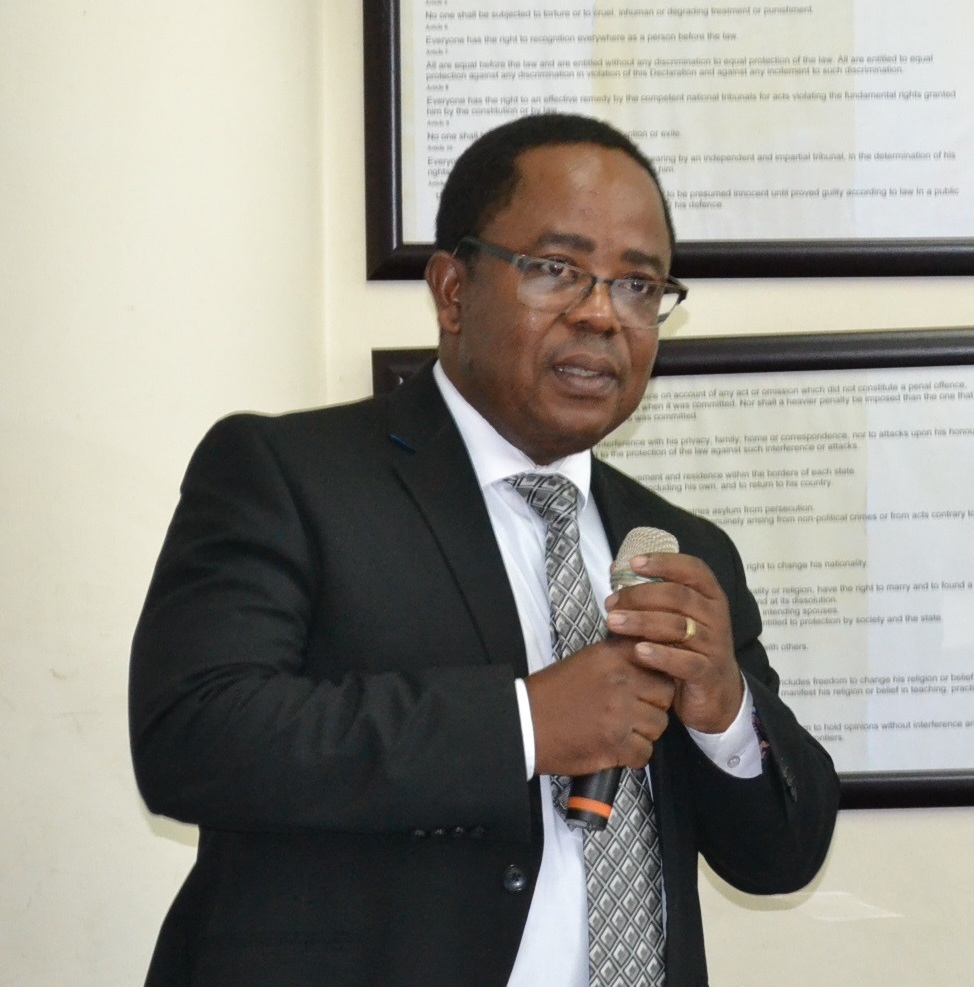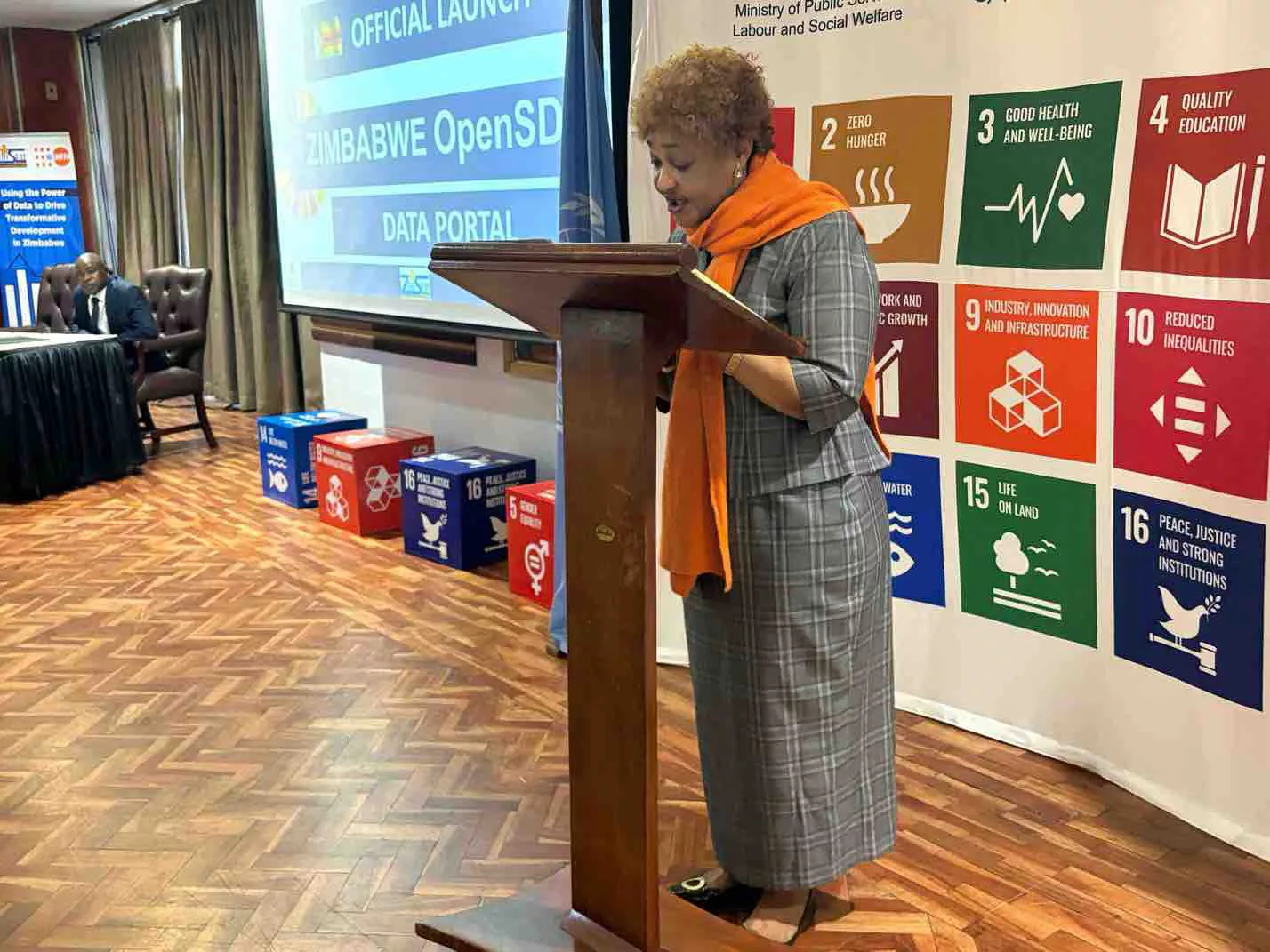|
Getting your Trinity Audio player ready...
|
The Global AIDS Monitoring Report has shown that Zimbabwe has dramatically succeeded in bending the trajectory of the AIDS epidemic, and achieved all the three 90s fast-track targets.
This was revealed yesterday by Dr. Bernard Madzima, the Chief Executive Officer of the National AIDS Council (NAC) at a meeting held at the NAC headquarters to update the press and nation on the recently completed Global AIDS Monitoring Report.
He reiterated the need for continuously observing the WHO guidelines, which include maintaining social distance, washing or sanitising hands, temperature screening, the correct wearing of face masks, and others.
The United Nations General Assembly Political Declaration on HIV and AIDS has a resolution of intensifying efforts to eliminate HIV and AIDS. In order to achieve this, fast-track ambitious targets were set, of which the overall target is to end AIDS by 2030.
Zimbabwe has been pursuing the 90-90-90 fast track targets until the end of 2020, which sought to sharpen focus on diagnosing people with HIV, linking them to ART, and supporting them to achieve virologic suppression as a means to reduce global HIV infections to 500 000 per year.
Dr. Madzima said in order to monitor progress towards these targets, a framework of core indicators was developed to reflect the new targets and elimination commitments. To this end, the Declaration requests that the UN Secretary-General reports to the General Assembly on progress in implementation, in accordance with the global reporting on the Sustainable Development Goals.
“The Global AIDS Monitoring Report, therefore, comes in that sense and is one of the main HIV and AIDS progress monitoring tools that we use. It provides information on national programmes and scale-up of priority health sector interventions for HIV prevention, treatment, care, and support, including intervention for women and children. The report also outlines the financial support for HIV and AIDS intervention programmes.
“As you will soon learn, the report shows that we have dramatically succeeded in bending the trajectory of the AIDS epidemic, and achieved all the three 90s. I am glad to say that this has also been confirmed by the recent ZIMPHIA whose results are now out. These achievements have emboldened us to pursue the 95-95-95 as we inch towards ending AIDS as a public health threat by 2030,” Dr. Madzima said.
What Prompted Achievement of 90-90-90 targets?
The country implemented an integrated HIV testing services model (HTS), which deployed different testing approaches for different populations. The approaches included facility-based testing (provider-initiated and client-initiated testing and counselling), facility and community-based index testing, HIV self-testing and targeted mobile outreach testing. HTS is offered in several primary healthcare sites including TB, antenatal, STI and maternal and neonatal health clinics. It is also integrated into other prevention services such as VMMC, PrEP, PEP and is part of the package for the DREAMS initiative for AGYW.
The provision of decentralized anti-retroviral therapy was also useful in achieving the targets. The overall ART coverage was 91.1%. Among the adults, it stood at 94.1%while for children it was at 71.8%. The highest ART coverage was recorded in Hurungwe and Mazowe at 97.1% while the lowest was recorded in Gokwe North (76.4%). All districts, except for Gokwe North have an ART coverage of more than 81%.






